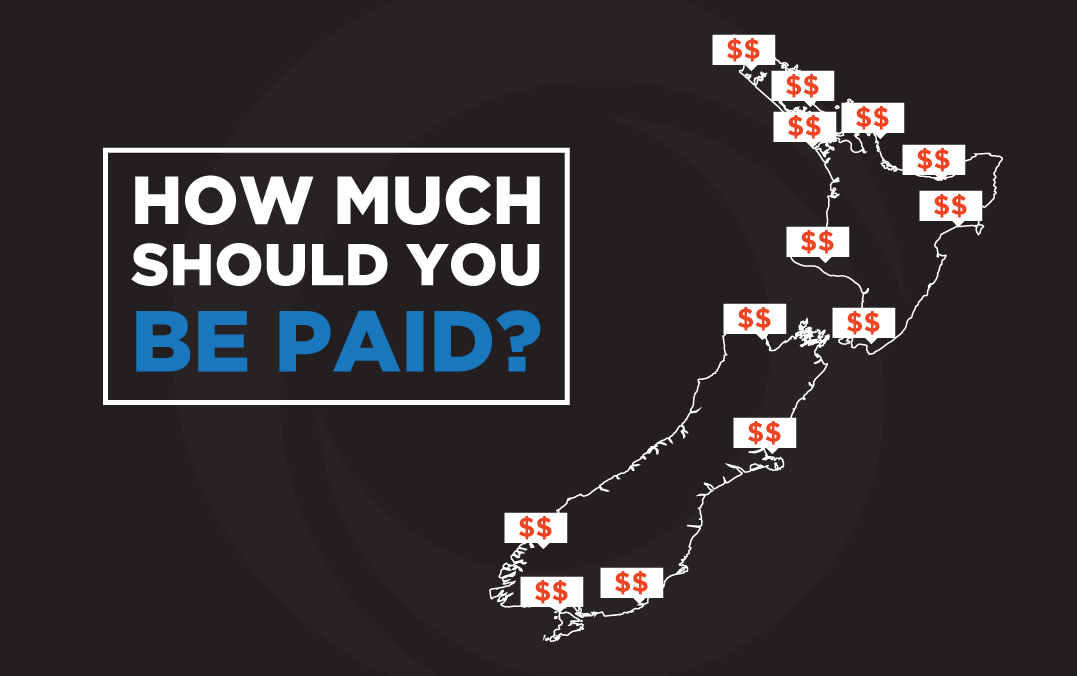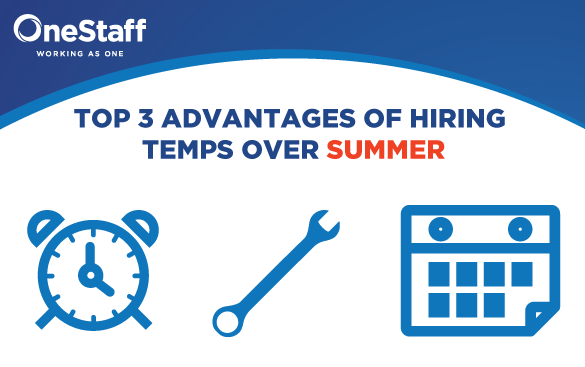For most New Zealanders, pay is, of course, one of the most important elements of any role, and while you might have an idea of what you can expect to earn in your role, industry and location, determining the exact pay you should be receiving isn’t always straightforward. Remuneration is intertwined with various factors including region, age, tenure, qualifications and the size of the team, yet these variables do not automatically denote higher or lower pay across the board.
Whether you are in the Construction & Infrastructure; Engineering; Manufacturing, Production & Logistics; Trades & Services; or Commercial & Hospitality industry, there are some key trends that can influence what you earn in your role. In our 2022 What’s My Rate? report, we found that:
- There was almost universal wage growth, with median hourly pay rising from $25 to $27 per hour. Engineering was the only sector to remain steady (the remainder grew $2-3 per hour).
- Like the previous year, higher value is placed on the middle generations (Millennial, Generation X) than younger (Gen Z) or older (Baby Boomer), in terms of average wages.
- The highest-paying regions of NZ ($28 p/h) were Auckland, Bay of Plenty, Taranaki and Wellington.
- Happiness and job satisfaction metrics turned around from the previous year, with satisfaction rising and willingness to resign dropping.
- While the median wage was $27, respondents on average believed that $30 would be fair for the work they do.
- The gender pay gap between men and women remained steady at 17%, while the national average dropped to 9.1%.
- Working in a great team was the most important factor to respondents when examining a potential new employer, above a higher pay rate, career progression and work/life balance.
- 34% of respondents will not take sick leave even if they feel ill, on top of 32% who aren’t sure if they would or not.
- The impact of bad company culture, bullying and too much overtime on people’s mental health has significantly grown since last year.
Pay Rates and Job Satisfaction Rebounding Post-COVID
It was positive to see wage growth returning in the 2021/22 results. After 2020’s stagnation, we could have reasonably expected to see a surge in unhappiness and further stagnation – after all, the pandemic has continued to rage, challenging Auckland in particular. But, wages were up and job satisfaction metrics returned to the green, although there’s work to be done yet to grow these to pre-COVID-19 levels.
On the whole, New Zealand’s industrial and trades sectors did well to buckle down and get through the first two years of COVID-19 – as shown in the strong wage growth – but company culture has suffered. So, what will the next step look like? We’ll find out in our 2022/23 report.
Benchmark Your Pay Instantly
So, how much should you really be earning in your role right now and how does your current pay rate compare with that of your peers?
We have created a free online tool that allows you to benchmark your pay with others in your profession and region by filling out a simple survey. Results are based on multiple factors affecting pay rates in each location for each role type.
At the end of the survey, you will immediately find out how your hourly pay measures up. You will also receive a free copy of our full What’s My Rate? report for 2023 when it is released, giving you further insight into annual trends in your industry based on real information from real New Zealanders to help you plan your career (you can access the 2022 version of the report here).
Click the button below to take the survey.
To find out more about pay rates in New Zealand or to discuss the next step in your career, speak to our team today.









